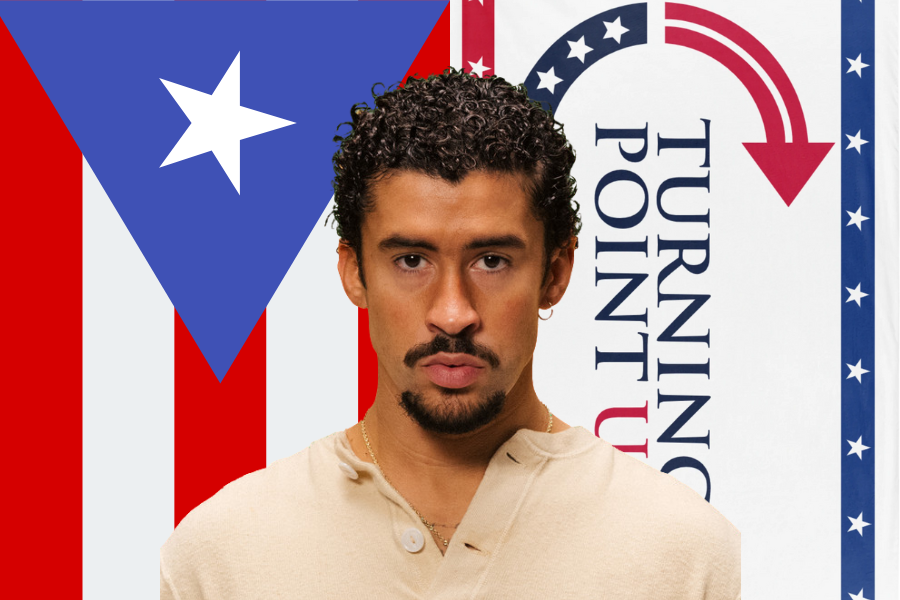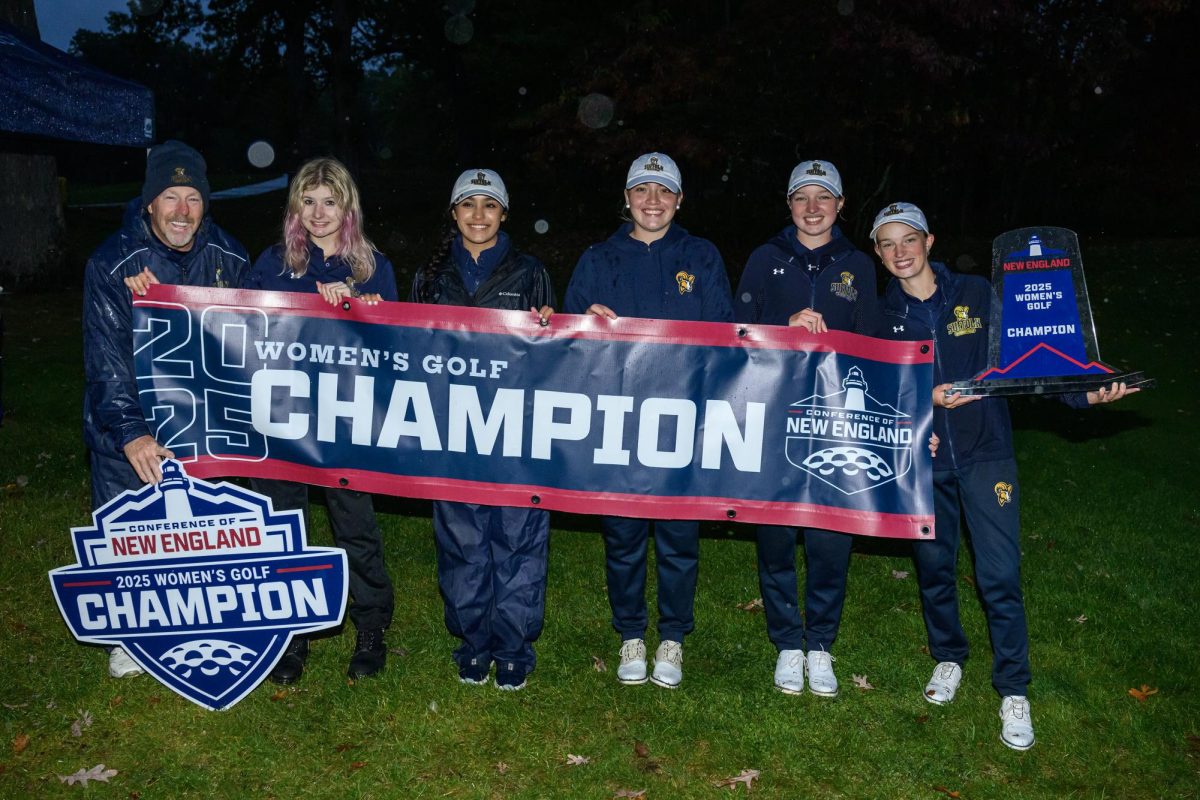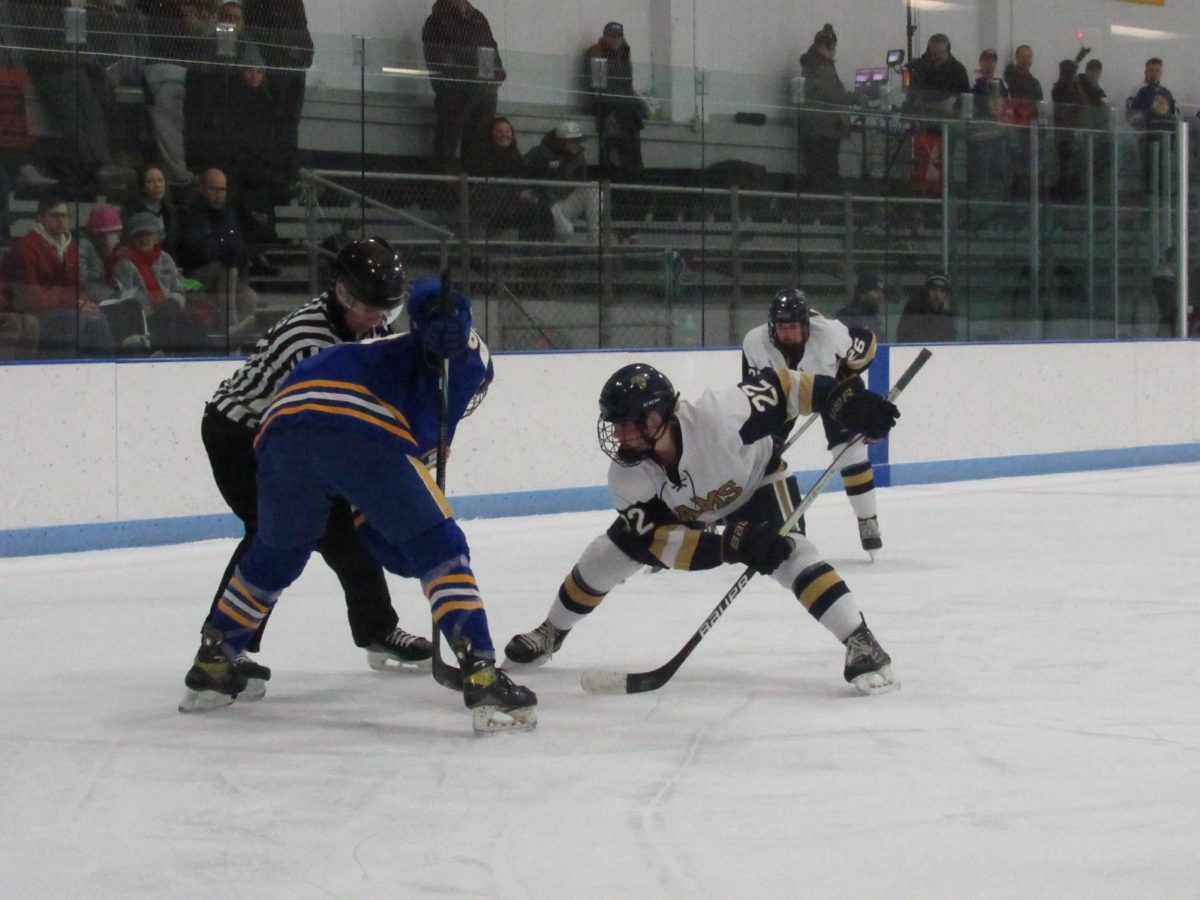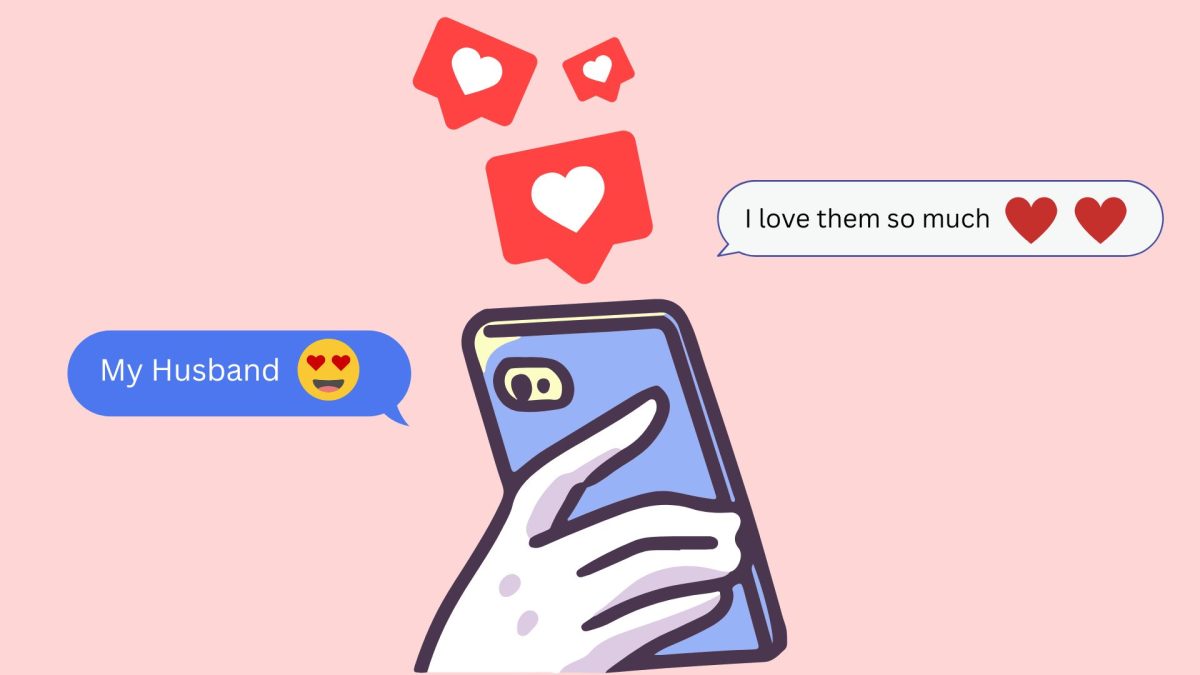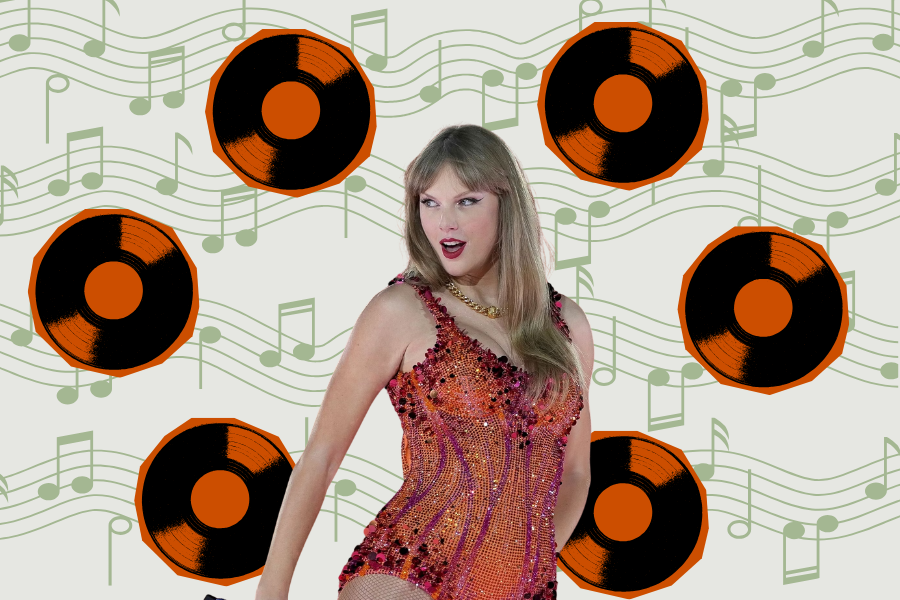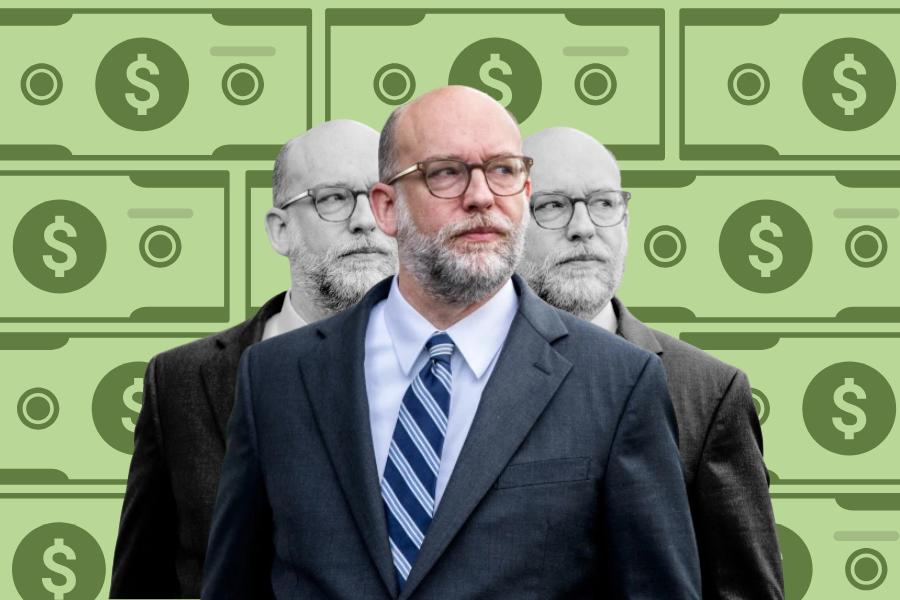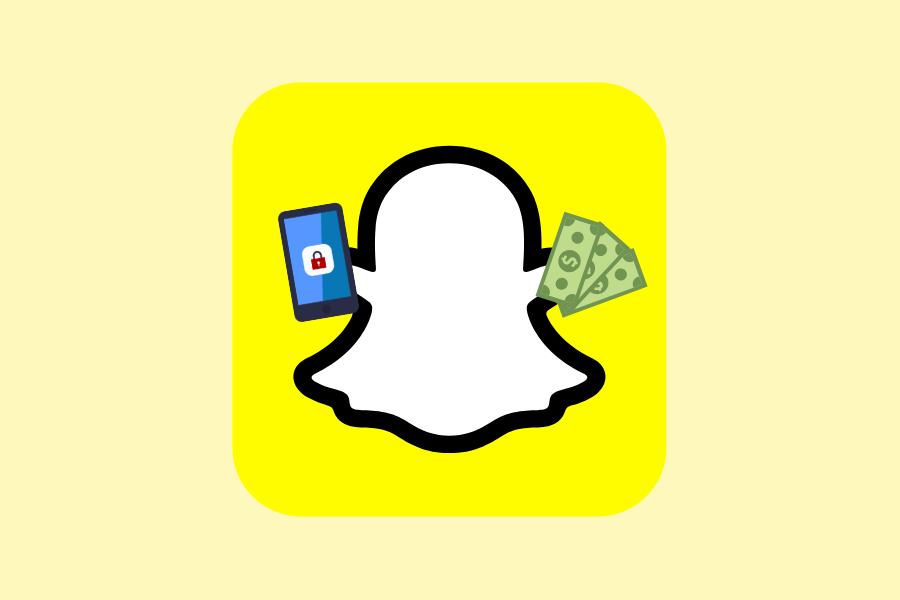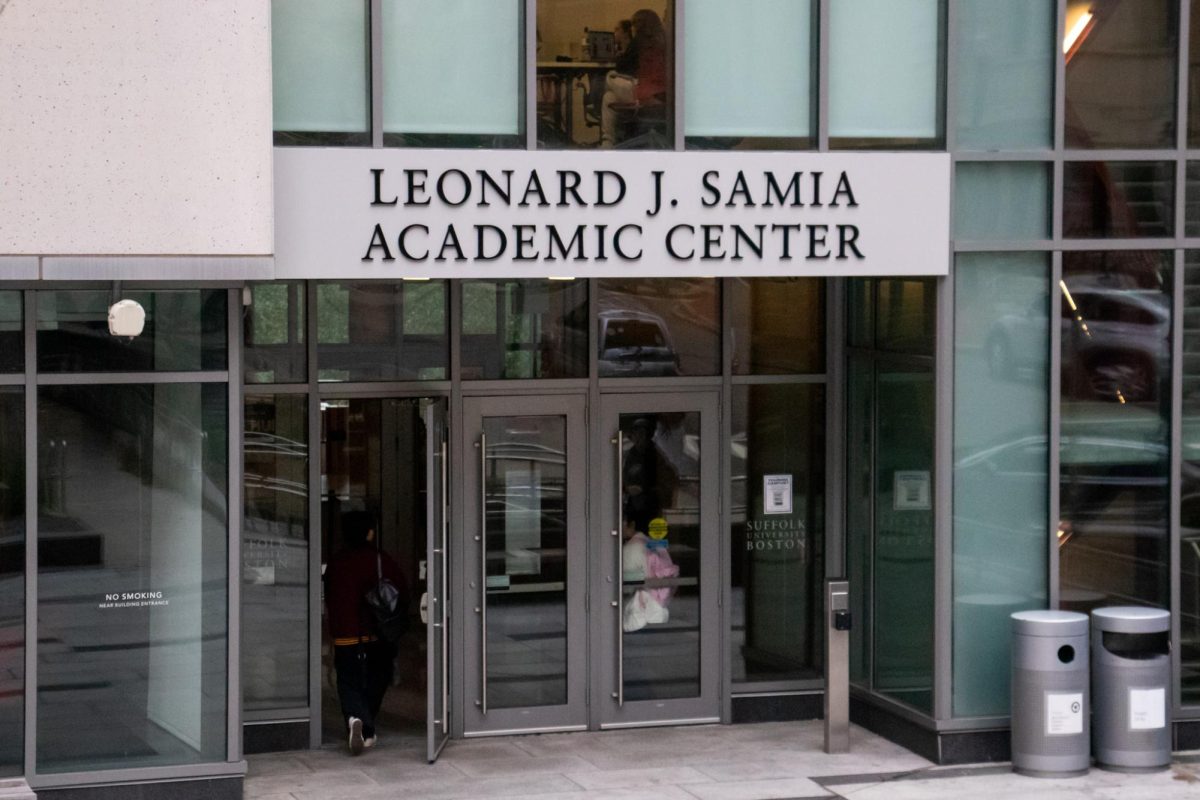American art and music has always been built on the back of resilience and resistance. Turning Point USA’s proposal to host their own halftime show is an act of artistic resistance and resilience towards a mainstream culture that has neglected their views.
Fatigue from provocative acts during a game that is meant to unite families, friends and neighbors has been ongoing and growing. Following the Super Bowl LIV halftime show, which featured pole dancing, twerking and sexual imagery, the Federal Communications Commission had received 1,300 complaints from fans.
When Jay-Z — the National Football League’s live music entertainment strategist, Roc Nation founder and American artist — selected Bad Bunny as the Super Bowl LIV halftime headliner, it frustrated an audience already upset by previous years’ performances. Bad Bunny, a performer known for pushing boundaries and voicing politically and culturally leftist ideas, was more than just a popular choice; he symbolized a perceived commitment in mainstream entertainment toward non-traditional and provocative acts. In response to this moment, Turning Point USA saw an opportunity to claim cultural ground of their own. By hosting their own halftime show, they aimed to create a counter-narrative that aligned with their own values and resonated with their audience, positioning themselves not just as political activists, but as cultural participants in the national conversation.
Bad Bunny’s relationship with the United States has been complicated as of late. In a recent interview with TODAY, he revealed that the wave of Immigration and Customs Enforcement raids across the U.S. influenced his decision to host his sold-out concert residency in Puerto Rico instead of touring the mainland.
The Grammy-winning artist explained that while he’s always loved performing for Latino audiences in the U.S., the fear that “ICE could be outside my concert” weighed heavily on his team. This was not only a protest and a political statement, but an act for safety, pride and sovereignty.
Yet, with threats of ICE agents stationed at Levi’s Stadium, Bad Bunny has yet to announce any withdrawal or plan to turn down the offer to perform at the Super Bowl. One could see this as a change in views for the sake of a larger platform and publicity.
It is no surprise the reaction that the world-acclaimed artist received, especially since the genre of Reggaeton often hypersexualizes Latina women and perpetuates the intersectional oppression they face as women of color, often with colorist undertones.
The argument is that having Bad Bunny headlining the upcoming Super Bowl Halftime show introduces music from non-Americans to an American traditional event, introduces sexually provocative music and serves as an item of the gender-nonconforming agenda from an artist who has spoken out against the American government and culture, above all things. But that argument is flawed.
Non-Americans have been a part of the legendary halftime show’s history, acts such as Coldplay (Super Bowl 50), The Rolling Stones (Super Bowl XL), Paul McCartney (Super Bowl XXXIX), the Weeknd (Super Bowl LV), Rihanna (LVII) and J Balvin and Shakira (Super Bowl LIV), which featured Bad Bunny. Though Puerto Rico and its inhabitants have a complicated standing as an American territory, Puerto Ricans are still American, nationally speaking.
Gender-nonconforming artists are also nothing new to the Super Bowl. Prince, famous for his flamboyant, androgynous style, and hypersexual music performed at the Super Bowl XIL show.
Bad Bunny would not even be the first or a stand-out Super Bowl headliner in recent history to critique the government’s treatment of people of color in America. American music and entertainment legend Beyonce dropped the highly political music video for Formation only to perform in “Black Panther”-inspired attire at that year’s Super Bowl the next day in 2016. Rap, like Reggaeton, has hypersexual, sometimes violent and often explicit lyrics, and yet it has been incorporated since 1998 with Queen Latifah’s halftime performance.
As a business move, Bad Bunny would bring in a non-traditional audience to the number of Super Bowl viewers. Latinos representing the league’s fastest-growing fan base, with a reported 39.5 million fans, coupled with the majority of Bad Bunny’s fans being Latino, the headliner was sure to keep Latino viewers watching. For the league, this was a strategic move to retain and engage this key demographic.
Bad Bunny’s music is not accessible or understandable for the majority, 78.37% of English-speaking Americans. Although he does perform in English, most of Bad Bunny’s music and lyrics are in Spanish. It certainly does not help bring together the public when Bad Bunny told critics that they “have four months” to learn his language.
The mainland American audience that makes up a majority of the Super Bowl’s viewer demographic already struggles to understand how Bad Bunny would connect with them. This comment by the performer certainly does not help inspire any confidence that the show would be in any way uniting. However, from a social perspective, bringing in a Latino audience is unifying. More so, from an artistic lens, art has never been about accessibility; it has always asked effort from the viewer.
So, clearly sexual lyrics, characteristics of a genre, political commentary, violent lyrics, nationality and gender expression have never been new to the Super Bowl halftime show. So what is it? Political context. America and the American youths are expressing a growth in conservative alignment.
In response to the anticipated predominantly Spanish-speaking show, Turning Point offered a survey for alternative performers. The survey’s first question inquired “What music genres would you like to see featured?” to which its first option was “Anything in English,” despite that not being a genre.
This option also operates on the notion that Spanish is “other,” despite being the second most common language in North America. In both instances, Bad Bunny’s comment was divisive just as Turning Point’s “Anything in English,” though Turning Point’s read more as a xenophobic dog whistle.
This would not be the first counterprogram — or anti-halftime show — as the first ever counterprogram was introduced in 1992. Albeit not for political reasons, it was to meet audiences who were not excited for the halftime show of that year. It was so popular that it was credited with motivating the Super Bowl to “step up its halftime game.”
It would be a large feat for Turning Point to pull off a half-time show that would inspire change so revolutionary that the NFL would host right-wing artists, but there is hope. One thing is certain, the reaction and turnout would be more than telling on where Americans stand.
A counterprogram is the result of an exercise of First Amendment freedoms and our capitalist democracy, both of which are vital in preserving American values in the context of the established and constituted culture. Communities should be able to celebrate artists they find best represent them, especially when their voices are not being addressed by mass media.
The issue I have with Turning Point’s show isn’t that it is a celebration of English lyrics or that Turning Point youths find Bad Bunny’s music and performance anti-American; the issue lies in timing.
The question then should not be “is Turning Point’s countercultural halftime show racist, xenophobic, homophobic and divisive?” but rather, the more productive question I’m more interested in is “why now?” Why, only at the heels of every perceived progressive act, do modern conservatives act? Most importantly, what does that in turn message to the youths of the American right?
Young conservatives in our country are being taught that their voice and their intellect can only be useful when suppressing, spearing or diminishing the voices of other fellow Americans and expressions.
What message is being broadcast when the conservative youth is being taught to hold the values of “Anti” and “Anti-woke.” The past values of conservatism have always been “pro-nationalism,” “pro-life” “pro-nuclear families.” Contemporary conservatives — an oxymoron — are not advocating for anything, much rather, their message is now to advocate against.
What message is being broadcast to the American youth when conservatism in modern America is solely reactionary and is inherently inactive? What messages are the youth of America being given when the right-wing aligned performers are only being celebrated in retaliation for another American performer who is mistaken for being foreign? No British, Canadian or Spanish national performer has received more backlash than a Puerto Rican-born performer.
It is, of course, the right of Turning Point to host their own show and inspire a larger critique or question for the culture, but as of late, conservative conservation only exists in the retaliatory context of perceived progressive agendas. I find the timing of celebrating these artists and the use of them to denigrate Bad Bunny, as offensive. The artists suggested by Turning Point should be able to have their own platform and be celebrated by their own merits.
It would be ignorant to go without acknowledging that the rumored genre, country, has had a history of white artists profiting off the work of black artists, as is true for all American genres. Turning Point will continue this legacy by profiting off the hate of Bad Bunny rather than the admiration for their own headliners.
So yes, while I do support Turning Point’s right to host an alternative show as an exercise of American values being expressed if done responsibly, it would be worth mentioning that I find it to be a strange use of free will.


